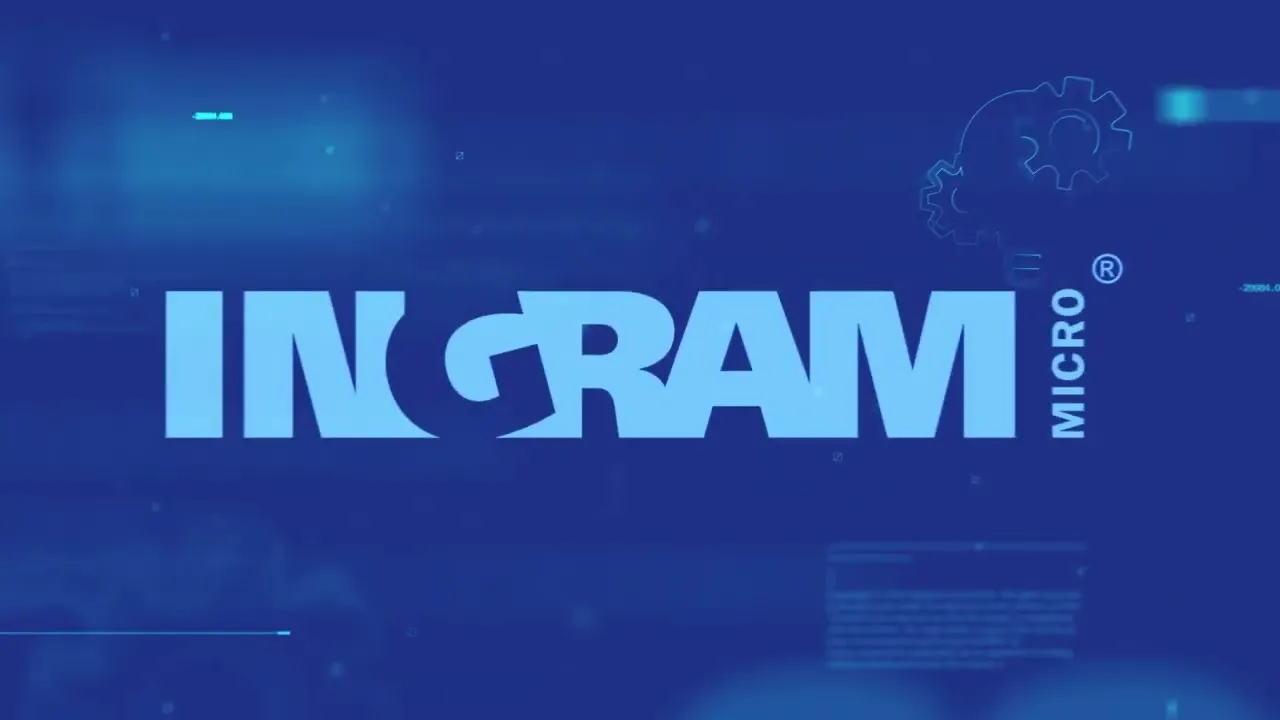Due to the growth and new needs of the Internet and its users, along with the exhaustion of IPv4, a new protocol was developed to better adapt to advancements: IPv6. The main objective of implementing this protocol is to avoid restricting the growth and use of the Internet. Many current tools, such as managed VPS or unmanaged VPS services, have also adapted to the wide-ranging capabilities provided by the new IPv6 protocol.
In an effort to improve IPv4, a fifth version, IPv5, was also created. However, it was an experimental protocol focused solely on improving the processing of audio, voice, and video streams. Later, since 1992, more comprehensive improvements to IPv4 were sought, leading to the creation of IPv6. This new protocol was designed by Steve Deering of Xerox PARC in 1999 but was officially launched on June 6, 2012.

What is IPv6?
IPv6 is an upgrade to the IPv4 protocol, designed to address the problem of address depletion through the implementation of a new way to generate IP addresses, or IP VPS addresses. This innovation allows the system to support a greater number of addresses and devices. As such, VPS servers offer clients the option of having more than one IP VPS address, both for managed and unmanaged VPS systems.
The previous protocol, IPv4, allowed for 32-bit addresses, supporting just over 4 million addresses, which, over time and with exponential technological innovation, became insufficient. In contrast, IPv6 supports 128-bit addresses, allowing for 340 sextillion different IP addresses. This increase in the number of addresses is accompanied by the generation of longer and more complex IP addresses compared to the previous version.
Despite the undeniable improvements of this protocol, it is still in the implementation phase. For example, in France, the adoption rate is 72%, in the United States 51%, Brazil 43%, and Peru 25%, according to Google. However, it is worth highlighting the adaptation of certain servers to this new protocol, such as VPS, which has enhanced its virtualization capabilities through the implementation of IPv6. As a result, VPS servers can offer clients additional IP VPS addresses as needed.
Moreover, many VPS services come pre-configured with both IPv4 and IPv6 IP addresses, allowing them to adapt to the system used by the client.
IPv6 addresses are composed of 128 bits divided into 8 groups of four hexadecimal digits (from 0 to F), where each digit represents 4 bits, meaning each segment has a value of 16 bits. Thus, IPv6 addresses can appear as follows: 2001:0DB8:85ª3:08D3:1319:8A2E:0370:7334.
As can be seen, the segments of IPv6 are separated by colons. Additionally, due to their length, IPv6 addresses have simplification rules, such as omitting the leading zero in each segment. Similarly, zero segments can be omitted, using a double colon (::) to replace contiguous 16-bit or longer segments composed only of zeros. For example, FE80:0:0:0:0:0:0:200 would become FE80::200. However, this rule cannot be used twice in the same address, so 2001:D08:0:0:20:0:0:200 could only be simplified to 2001:D08::20:0:0:200 or 2001:D08:0:0:20::200.
The format of IPv6 addresses is divided into 48 bits of global routing prefix, 16 bits for subnet ID, and 64 bits for interface ID.

Types of IPv6 Addresses
- Unicast
Known as one-to-one addresses, these uniquely identify the interface of an IPv6-enabled device. They are subdivided into global unicast, link-local, loopback, unspecified address, unique local, and IPv4-embedded.
- Multicast
This type of address is one-to-many, meaning it is used to send a single IPv6 packet to multiple destinations.
- Anycast
Anycast addresses, or proximity broadcast addresses, can be assigned to multiple devices.
Subtypes of Unicast
- Global Unicast
Similar to IPv4 public addresses, their prefixes are assigned by IANA, so global IPv6 addresses start with 2001::/16. An example of global unicast addresses is 2001:4860:4877::9876.
- Link-Local
Corresponds to IPv4 169.254.0.0/16, which in IPv6 is FE80::/10. These IPv6 addresses are only valid for communications within a local network segment. Routers do not forward any packet from these addresses.
- Loopback
Corresponding to IPv4 address 127.0.0.0/8, in IPv6 it is ::1/128, abbreviated from 0:0:0:0:0:0:0:1. This type of unicast is used to send packets back to their origin and for testing.
- Unspecified Address
Corresponding to IPv4 address 0.0.0.0, in IPv6 it is ::/128. It is used as a source address when a unique address has not yet been determined and, for routing, it indicates a default static route.
- Unique Local
Similar to IPv4 private addresses, these fall within the range between FC00::/7 and FDFF::/7. These addresses are used within organizations and can only be routed within private networks.
- IPv4 Embedded
These are addresses that can be handled in both IPv4 and IPv6. They begin with 96 zero bits followed by the 32 bits of the IPv4 address. For example, they could look like this: ::123.25.134.2.

Benefits of Migrating to IPv6
As mentioned, the main objective of IPv6 is to improve the previous protocol (IPv4), so migrating to this protocol is recommended for five key reasons:
- More connected devices
IPv6 enables better and newer services, as it is designed for a future of continuous expansion, without the addressing limitations of IPv4.
- Improved security
IPv6’s new architecture incorporates enhanced security mechanisms.
- Efficiency and simplicity
IPv6 allow for managed auto-configuration, making network administration simpler, such as when changing providers.
- Greater scalability
The large addressing space supports more complex initiatives, like smart cities, the Internet of Things, new applications, and new platforms for service delivery. It also enhances existing services, like managed and unmanaged VPS.
- Transparent process for the end user
IPv6 does not require users to have extensive technical knowledge; it only requires access to a compatible device.





